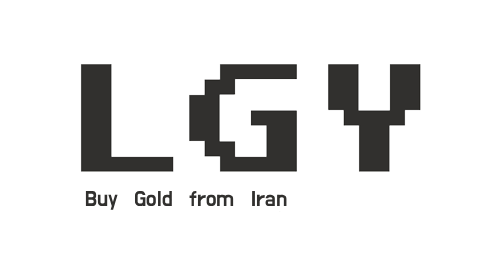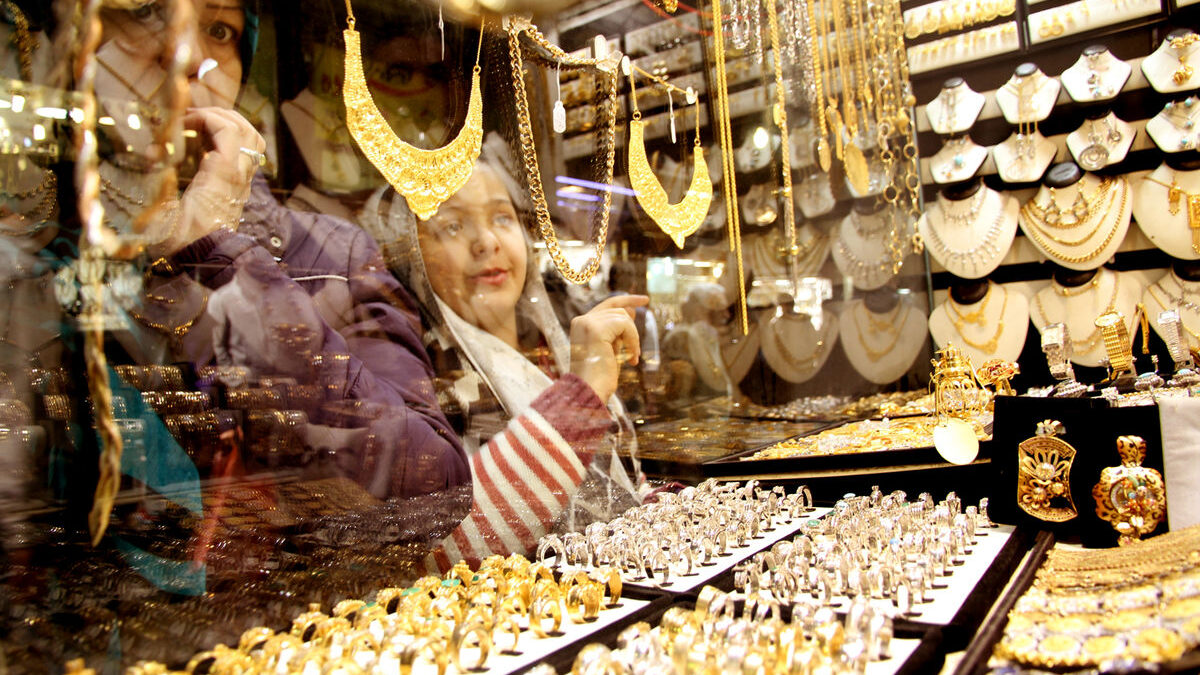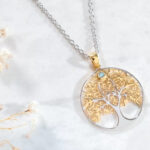
How Iranian Jewelry is Eco-Friendly
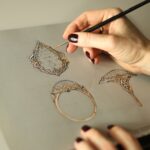
Interviews with Top Iranian Jewelry Designers
Iranian jewelry has long been admired for its exquisite craftsmanship, cultural significance, and the use of precious materials such as gold, silver, and semi-precious stones like turquoise, agate, and lapis lazuli. With increasing global interest in artisan-made, heritage jewelry, the demand for Iranian jewelry is rising across various international markets. This growth is driven by the appeal of authentic craftsmanship, cultural richness, and the unique styles of Persian jewelry, which set it apart from more commercial offerings.
In this post, we’ll provide an overview of the global demand for Iranian jewelry by exploring key markets in North America, Europe, the Middle East, and Asia, examining the factors contributing to this demand, and identifying emerging trends.
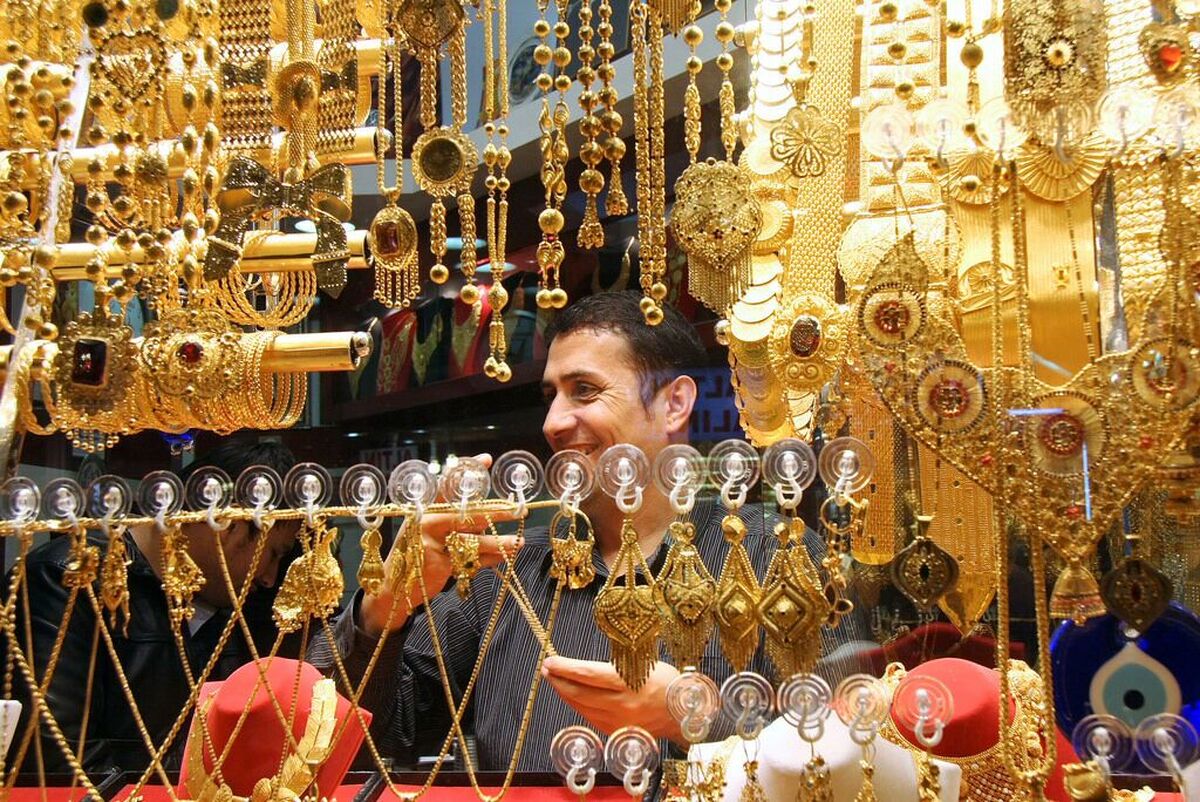
Tehran gold market
1. North America: A Growing Interest in Artisan Jewelry
In North America, particularly the United States and Canada, the market for Iranian jewelry is growing steadily, driven by a rising appreciation for handcrafted pieces and culturally significant jewelry. Consumers in North America are increasingly drawn to unique, artisan-made items that offer a sense of individuality and craftsmanship.
Factors Driving Demand
- Interest in Heritage and Cultural Jewelry: There is a growing trend toward cultural appreciation and heritage jewelry in the North American market, where consumers seek pieces that reflect authentic traditions and handcrafted artistry. Iranian jewelry, with its rich history and symbolism, fits into this trend.
- Rise of Ethical and Sustainable Fashion: Many North American consumers are moving away from mass-produced jewelry and opting for more sustainable, ethically sourced alternatives. Iranian jewelry, made using traditional methods and natural materials, appeals to consumers looking for environmentally responsible choices.
Market Outlook
The North American market for Iranian jewelry is expected to continue growing, especially as Persian craftsmanship gains more visibility through online platforms, social media, and international exhibitions. The demand is particularly strong for semi-precious stone jewelry featuring turquoise and lapis lazuli, as well as pieces that incorporate Persian calligraphy and traditional motifs.
2. Europe: A Strong Demand for Cultural and Historical Jewelry
Europe has long been a significant market for Iranian jewelry, especially in countries like the UK, France, Germany, and Italy. European consumers are drawn to the artistic heritage and intricate designs of Iranian jewelry, which is often seen as a fusion of art and culture.
Factors Driving Demand
- Cultural and Artistic Appreciation: European consumers, particularly those with an interest in art history and cultural heritage, value Persian jewelry for its connection to ancient Persian art and craftsmanship. Many are familiar with Iranian art through museum exhibits, further fueling interest in jewelry with cultural significance.
- Luxury and Artisan Craftsmanship: Iranian jewelry is often seen as a luxury item, prized for its detailed workmanship and use of precious materials. European consumers value this artisanal craftsmanship, which aligns with their preference for luxury fashion and high-end jewelry.
- Exhibitions and Auctions: European auction houses and exhibitions often feature vintage Persian jewelry, increasing its visibility among collectors and luxury buyers. This demand for antique and heritage pieces contributes to the growing market for modern Iranian designs.
Market Outlook
Europe remains a strong market for luxury Iranian jewelry, particularly for pieces that incorporate semi-precious stones, gold, and intricate enamel work. Consumers in France, the UK, and Germany are especially interested in contemporary Iranian designs that reflect traditional craftsmanship. The market is expected to grow as cultural jewelry continues to trend.
3. The Middle East: A Historical and Cultural Connection
The Middle East is a natural market for Iranian jewelry, as it shares a deep cultural and historical connection with Persian art and craftsmanship. Countries such as the United Arab Emirates (UAE), Kuwait, Qatar, and Oman have a long history of trading with Iran, and consumers in this region have a strong appreciation for high-quality, handcrafted jewelry.
Factors Driving Demand
- Cultural Affinity: Persian art and culture have long been intertwined with those of other Middle Eastern countries. The similarity in artistic styles and cultural symbols makes Iranian jewelry a natural fit for consumers in this region, who value luxurious and meaningful pieces.
- Demand for Gold and Gemstones: The Middle East is known for its high demand for gold jewelry and precious gemstones. Iranian gold jewelry and pieces featuring Persian turquoise and agate are especially popular, as these materials are highly prized for both their beauty and symbolic meaning.
- Luxury and Custom Jewelry: In the Middle East, consumers often seek luxury, one-of-a-kind pieces, that align with the handcrafted nature of Iranian jewelry. Custom-designed pieces featuring Persian motifs and semi-precious stones are particularly desirable.
Market Outlook
The Middle Eastern market for Iranian jewelry is robust and continues to grow, particularly in the luxury segment. Turquoise jewelry from Iran is especially sought after, as are gold pieces that feature traditional Persian craftsmanship. With the region’s strong cultural ties to Persian art, the demand for high-end, artisan-crafted jewelry is expected to remain strong.
4. Asia: Emerging Demand for Artisan and Cultural Jewelry
Asia, particularly China, Japan, and South Korea, represents an emerging market for Iranian jewelry. As Asian consumers increasingly look for unique, artisan-made pieces that reflect cultural heritage, Iranian jewelry is gaining traction for its intricate designs and use of natural materials.
Factors Driving Demand
- Interest in Cultural Heritage: In countries like China and Japan, there is a growing interest in cultural and historical jewelry. Iranian jewelry, with its rich history and deep connection to Persian art, appeals to consumers who value cultural heritage and artisanal craftsmanship.
- Appreciation for Natural Stones: Asian consumers are drawn to the use of semi-precious stones such as turquoise and lapis lazuli in Iranian jewelry. These stones are valued for their symbolic meanings and healing properties, making them desirable in the Asian market, where gemstone symbolism plays a significant role in fashion and spirituality.
- Luxury and Exclusivity: Luxury jewelry is highly sought after in markets like China and South Korea, where consumers place a premium on exclusive, high-quality items. The handcrafted, limited-production nature of Iranian jewelry makes it an attractive option for affluent consumers.
Market Outlook
The demand for Iranian jewelry in Asia is growing, particularly among consumers who appreciate artisan-made, culturally significant pieces. The market is expected to expand as more Asian buyers discover the beauty and craftsmanship of Persian jewelry through global online platforms and international exhibitions.
5. Australia: A Niche Market for Artisan Jewelry
In Australia, the market for Iranian jewelry is niche but growing, particularly among consumers who seek artisan-made, ethically sourced jewelry. Handcrafted pieces that showcase traditional Persian craftsmanship are valued for their authenticity and artistic appeal.
Factors Driving Demand
- Artisanal Craftsmanship: Australian consumers are increasingly drawn to handcrafted, sustainable jewelry that reflects the work of local artisans. Iranian jewelry appeals to those looking for unique, one-of-a-kind pieces that cannot be mass-produced.
- Ethical and Sustainable Sourcing: There is a growing movement in Australia toward ethical fashion and sustainable consumption. Iranian jewelry, made using natural materials and traditional techniques, aligns with these values, making it a popular choice for consumers seeking eco-friendly options.
Market Outlook
Although the Australian market for Iranian jewelry is still relatively niche, it has the potential for growth as more consumers prioritize sustainability and handcrafted pieces. Jewelry featuring natural stones like turquoise and agate is particularly popular among consumers looking for ethically sourced materials.
Conclusion: Global Demand for Iranian Jewelry on the Rise
The demand for Iranian jewelry is rising globally, driven by the growing appreciation for handcrafted, artisan-made pieces that reflect cultural heritage and sustainable practices. Whether in North America, Europe, the Middle East, Asia, or Australia, Iranian jewelry is becoming increasingly popular among consumers who value luxury, authenticity, and artistic craftsmanship.
At LetsGoYelo, we are proud to offer a wide range of authentic Iranian jewelry that celebrates the rich tradition of Persian craftsmanship. Explore our collection to discover beautiful pieces that resonate with global trends and timeless artistry.
